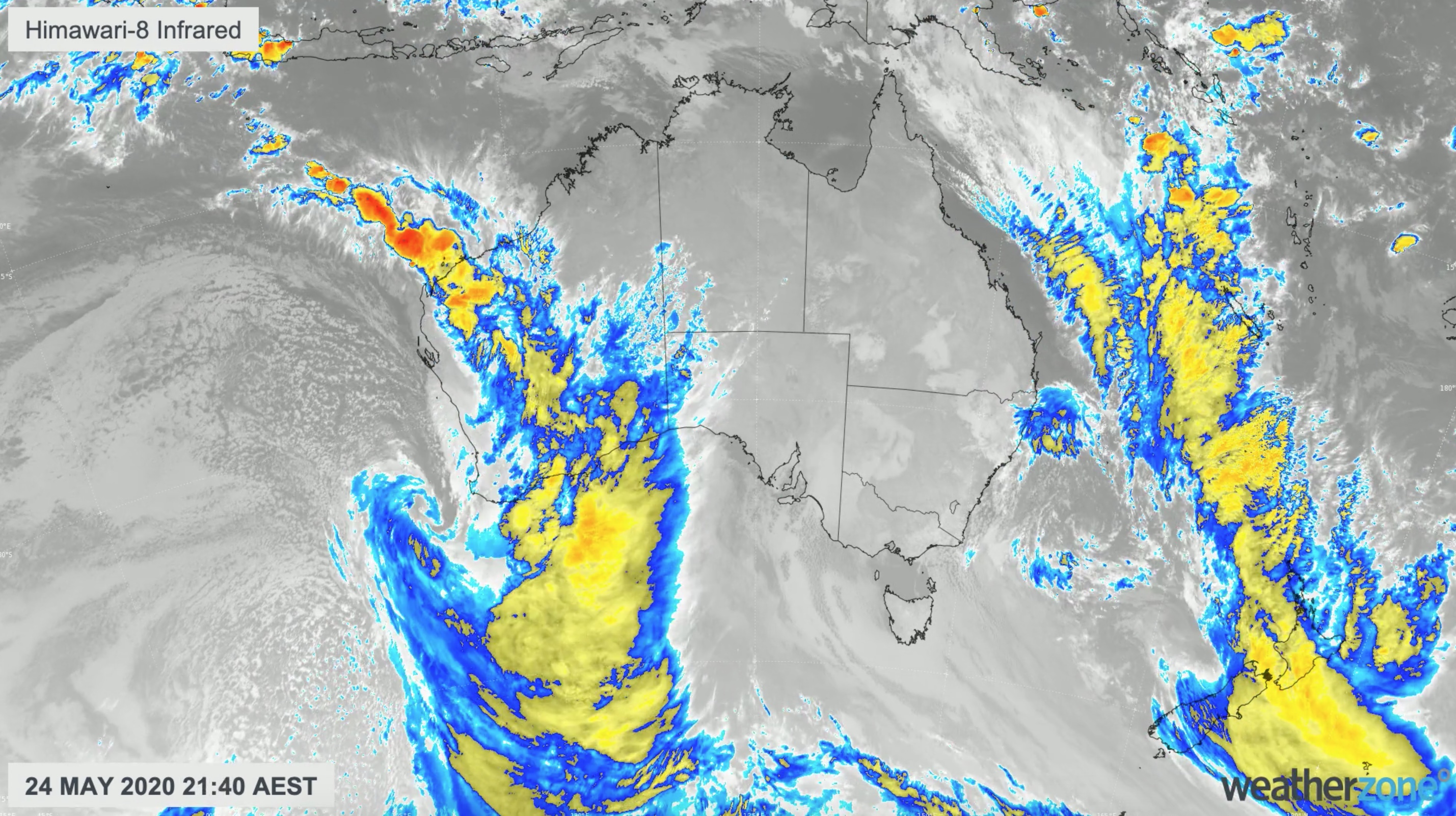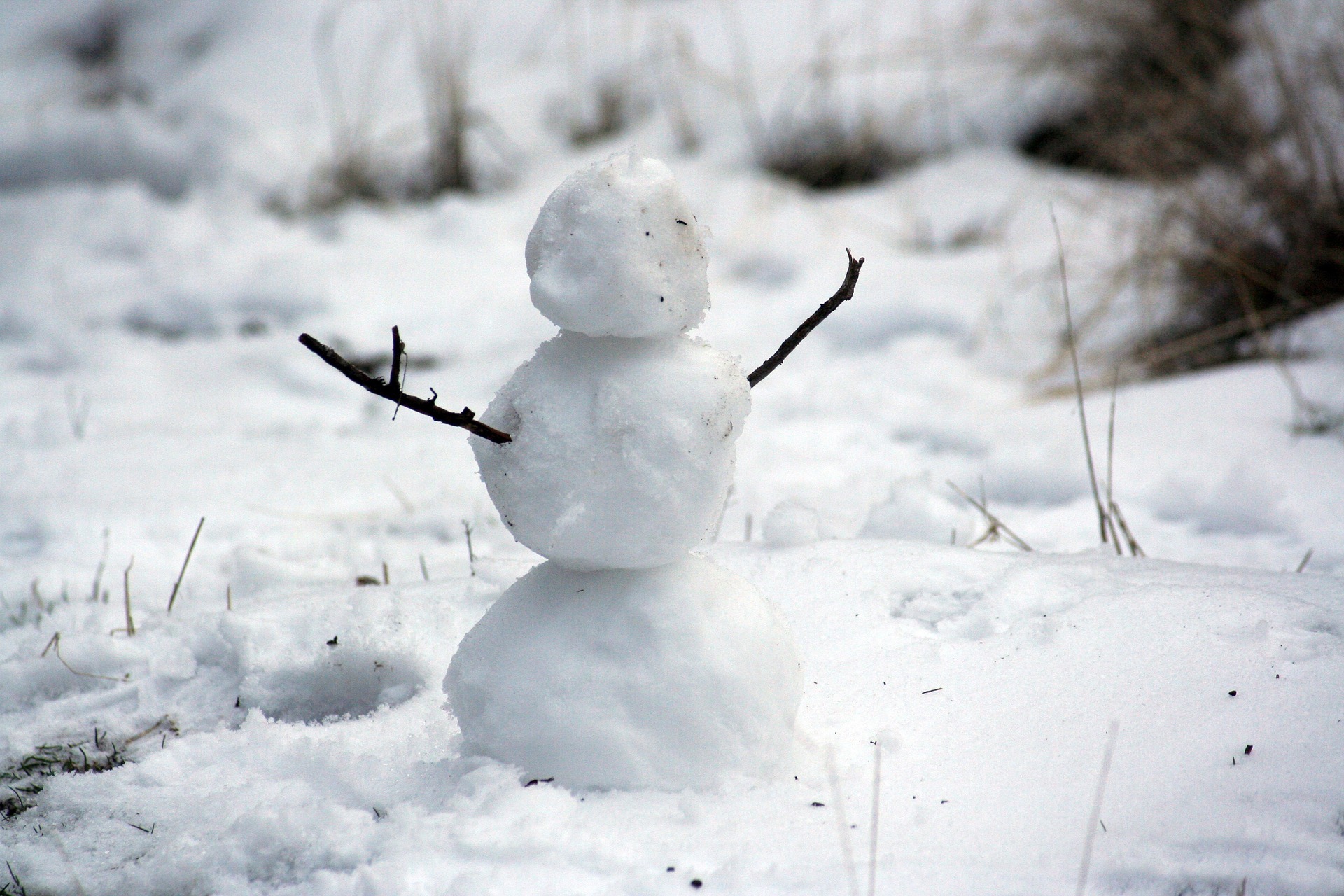Weather words to know for winter
With winter now underway in Australia, we are starting to see more snow, hail and freezing temperatures across the country. As we head further into winter, there are a few seasonal weather words and phrases that you will start to hear more often.
-- Cold Front --
Cold fronts are one of the main weather systems that affect southern Australia during winter. The term refers to the leading edge of a cold air mass that's progressing horizontally through a region of warmer air.
Cold fronts usually cause a mix of weather, including strong and often damaging winds, rain, hail, thunderstorms and sometimes snow. This volatile weather occurs because of the contrast between the cold air behind a front and the warmer air ahead of it. As a general rule, the greater the contrast between these two air masses, the most intense the resulting weather as the atmosphere tries to restore equilibrium.
Cold fronts are shown on weather maps by a solid line with triangles along it. The line marks the location of the front and the triangles point in the direction the front is moving.
-- Upper-level trough --
The phrase 'upper-level trough' refers to a broad-scale region of relatively cold air in the lower several kilometres of the atmosphere. These air masses typically cause inclement weather near the ground. They are also a key feature for snow during winter.

Image: Enhanced infrared satellite showing rain and storm-bearing clouds moving over Western Australia ahead of an approaching upper-level trough.
Upper-level troughs move over Australia from west to east. Their passage is usually preceded by a few days of relatively calm weather and conditions deteriorate as it gets closer. The cold air beneath an upper-level trough is usually where we see snow reaching its lowest levels during winter.
-- Snow, sleet and hail --
There are a few different types of freezing precipitation that fall in Australia during winter, but the main ones that you're likely to come across are snow, sleet and hail.

Snow occurs when the air is cold enough for aggregates of ice crystals to form in the sky. Snowflakes form through a process called deposition, which happens when water vapour (gas) turns into ice (solid) without first becoming water (liquid).
Snow can only reach the ground if the temperature between the cloud and the ground remains near or below freezing. Snow can still reach the ground when the temperature is a degree or two above zero, but it will melt if it gets warmer than this.
Sleet is another type of ice that commonly falls from the sky in winter. Sleet forms when snow melts while falling through a warm layer of air and then re-freezes before reaching the ground. While snow reaches the ground as a symmetric 'flake' of ice, sleet arrives as a harder ball-shaped piece of clear ice, sometimes mixed with rain.
Hail is another ball-like piece of ice that frequently falls from the sky during winter. Hail forms when water inside a cloud is lifted and cools enough to freeze into ice. The longer hail is kept inside the cloud by rising air (also called updrafts), the larger it gets. When hail gets too large for the rising air to keep it inside the cloud, it falls to the ground. Hail in winter is usually small and pea-sized, because the clouds that produce it are fairly shallow and updrafts are weak. Much larger thunderstorm clouds with stronger updrafts in summer can cause hail larger than a tennis ball.
-- Feels like/apparent temperature --
While the observed air temperature gives us an idea of how cold it is outside at any given time, things like wind and humidity also affect how cold it feels.
The 'feels like' temperature combines the current air temperature with observed wind speed and relative humidity, to estimate how low the temperature is likely to feel for the average person. On very dry and windy days, the 'feels like' temperature can be more than ten degrees below the actual temperature.
With these weather words in your repertoire, you'll have a better idea of how to interpret the forecast this winter.